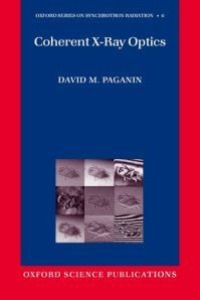
Liknande böcker
Landmark Papers 2 : Structure Topology
Bok av Frank C. Hawthorne
Bernard J. (EDT) Wood
Frank C. Hawthorne
The question of what is matter has fascinated the human
race for thousands of years, and continues to fascinate us
today: what is it made of, and how does it behave? Early in
our history, the character of natural materials was of critical
importance to us, and it is no accident that we date the
prehistory of humanity by the materials with which our
predecessors made their tools. Tools are one of the more
enduring creations of our prehistoric ancestors, and are of
particular historical significance as they document the
increasing technological sophistication of the human race.
From the Stone Age to the Bronze Age to the Iron Age,
there was an increasing awareness of the diversity of
natural materials, how they could be used, and eventually,
how they could be processed in order to provide even more
technologically effective materials for our use. This
increasing reliance on rocks and minerals required that
more and more people be conversant with these materials
and their properties.
The atomistic theory of the Greeks was a solely philosophical
construct, and further development had to await a more sophisticated
approach to Science. The first steps in this direction
were taken by who else but Isaac Newton (1643-1727 AD).
Although his ideas on action at a distance initially referred to
planets, he also considered them as applying to atoms, and concluded
from physical evidence involving surface tension and
viscosity that there must be strong attractions between atoms.
In what must be considered as insight of legendary proportions,
Roger Joseph Boscovich (1711-1787), a Jesuit mathematician
from Croatia, proposed that at very short distances, atoms
repulse each other, the repulsion increasing indefinitely as the
particles become closer together, whereas at longer distances
apart, atoms oscillate between attraction and repulsion.
Frank Hawthorne uses the republication of this set of landmark
papers as a vehicle to focus on the development of key issues
concerning structural connectivity in inorganic solids, of which
minerals are a key component, and to look at where we are
today in our understanding of crystal structure.







